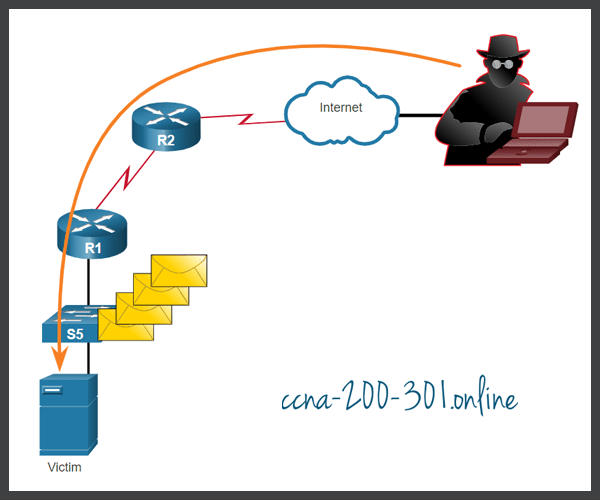


Restarting the lesson and entering the new data revealed for the user "Lewis", and accepting a Price Plan: Entering 4097 characters all the hidden fields are revealed, containing the hard coded information related to the VIP guests: However, a different output is achieved when entering a string of 2^12 + 1 = 4097 characters: Same result would happen from entering a string of 2^11 + 1 = 2049 characters: However, there is no interesting output or revealed information: Entering the string of 1025 characters at the 3 input fields: First, let's generate a string of 1025 characters with a Python interactive script: ) until you find the one that causes the buffer overflow and therefore the disclosure of confidential information stored by the vulnerable application. The strategy is to test various character strings with different lengths (1025, 2049, 4097.

The challenge of the exercise is to reveal information and data about VIP guests, by taking advantage of the Buffer Overflow vulnerability suffered by the application. Once the web form is filled, a Price Plan is offered to be accepted by the guest:
#BUFFER OVERFLOW ATTACK ON WEBSITE REGISTRATION#
The description of this exercise is a hotel with a web form ready to enter information for the guests registration system: Going to Buffer Overflows -> Off-by-one Overflows:
#BUFFER OVERFLOW ATTACK ON WEBSITE WINDOWS 10#
In this exercise the OWASP WebGoat v5.4 version is used, loaded at a Windows 10 machine. Buffer overflow flaws in custom web applications are less likely to be detected because there will normally be far fewer hackers trying to find and exploit such flaws in a specific application. Buffer overflows can also be found in custom web application code, and may even be more likely given the lack of scrutiny that web applications typically go through. When web applications use libraries, such as a graphics library to generate images, they open themselves to potential buffer overflow attacks. Buffer overflow flaws can be present in both the web server or application server products that serve the static and dynamic aspects of the site, or the web application itself. By sending carefully crafted input to a web application, an attacker can cause the web application to execute arbitrary code effectively taking over the machine. Attackers use buffer overflows to corrupt the execution stack of a web application: 1 - Buffer Overflows and Web Applications


 0 kommentar(er)
0 kommentar(er)
